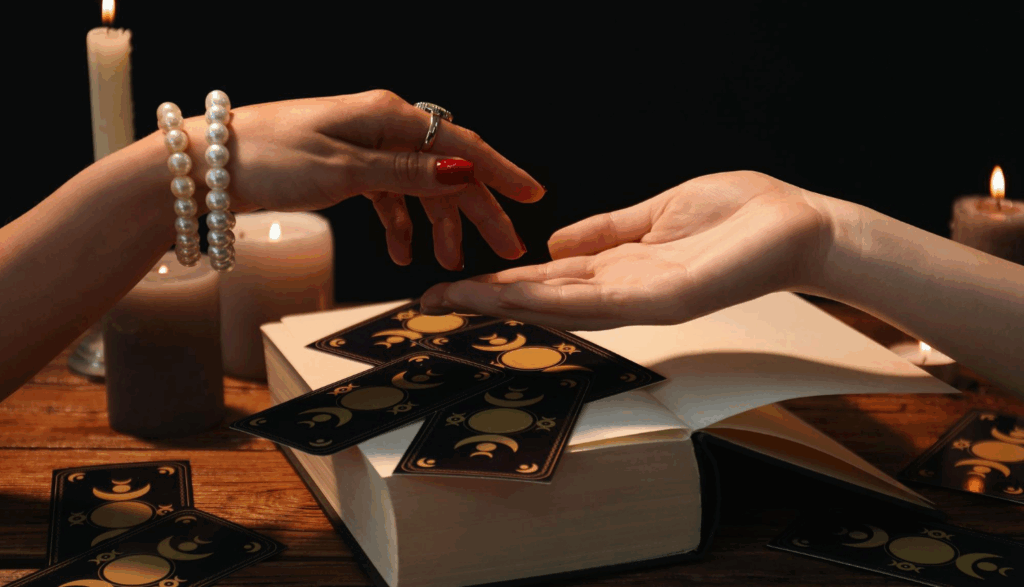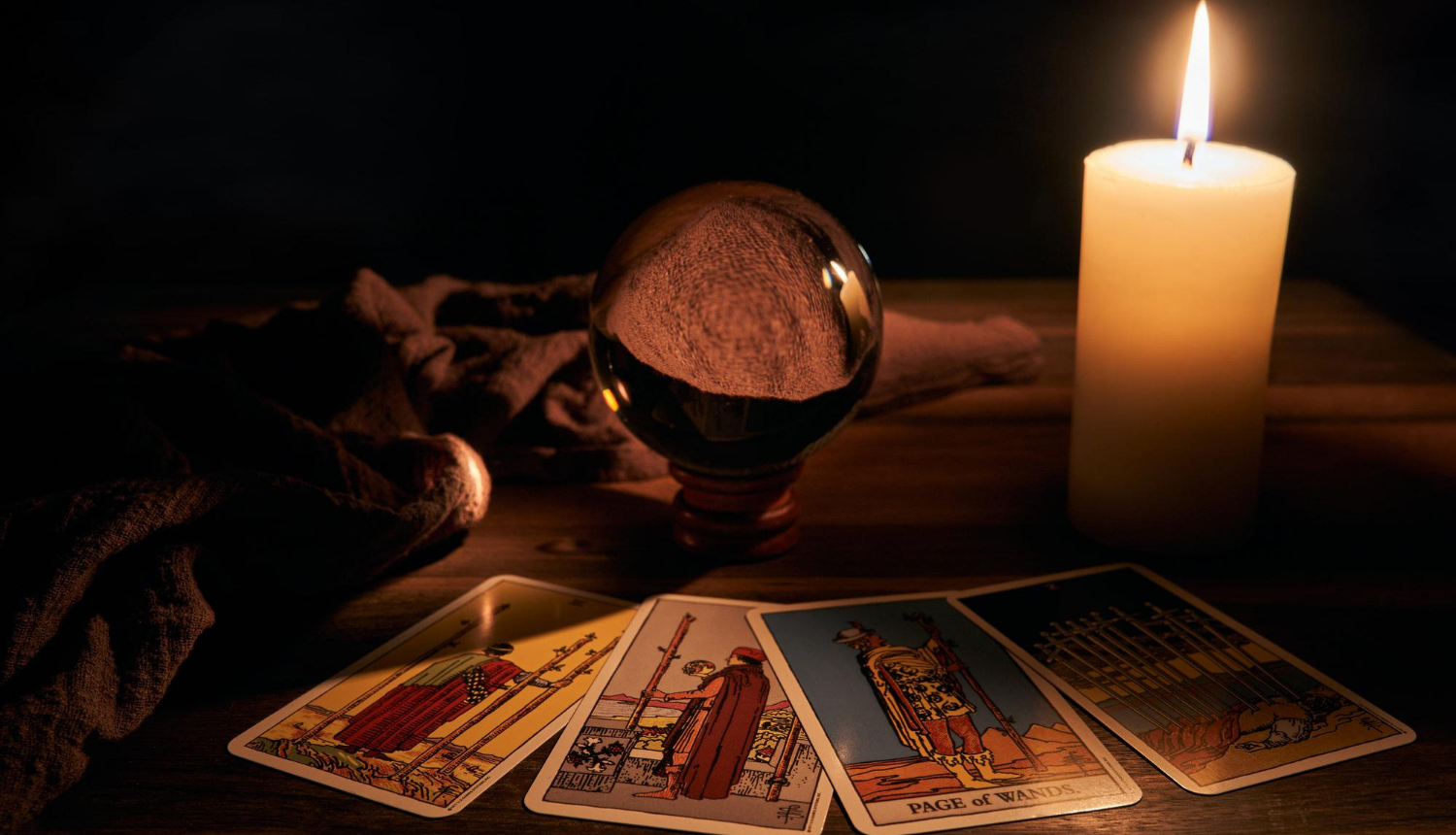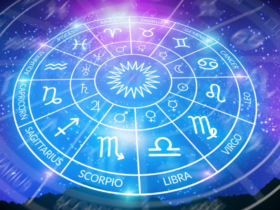For centuries, tarot has fascinated people as a mysterious tool said to unveil the future. Many still approach it with the question: “What will happen to me?” Yet the true gift of tarot lies not in fortune-telling, but in the wisdom it offers as a guide. Understanding the difference between prediction and guidance is what sets tarot apart as a meaningful practice rather than a passive waiting game.
Prediction implies inevitability. It suggests that events are fixed and unavoidable, that life unfolds on a predetermined path where you have little influence. While some find comfort in this sense of certainty, it can also take away personal agency. If the outcome is already decided, where is the room for choice, growth, or change?
Guidance, by contrast, is empowering. Tarot reveals the energies, challenges, and opportunities surrounding your life right now. Instead of declaring “this will happen,” it explores “this is where things are heading, and here are the choices that can shift the direction.” In this way, tarot works like a compass rather than a script – pointing to possibilities without dictating your fate.

This perspective makes tarot a tool of self-reflection and conscious decision-making. A spread can illuminate hidden influences, bring clarity to confusing emotions, and even highlight patterns that repeat in relationships or work. It doesn’t take your power away – it reminds you that you have more than you think.
When you approach tarot as guidance, it becomes an active partnership between your intuition and the cards. Instead of passively receiving a prediction, you are invited to engage, reflect, and choose. The cards whisper of potential paths, but the direction you walk is always yours to decide.
Related: Wishes on Stars: Manifesting Dreams Through Astrological Practices
In this way, tarot honors both mystery and free will. It doesn’t simply tell you what tomorrow will bring – it helps you create it.





















